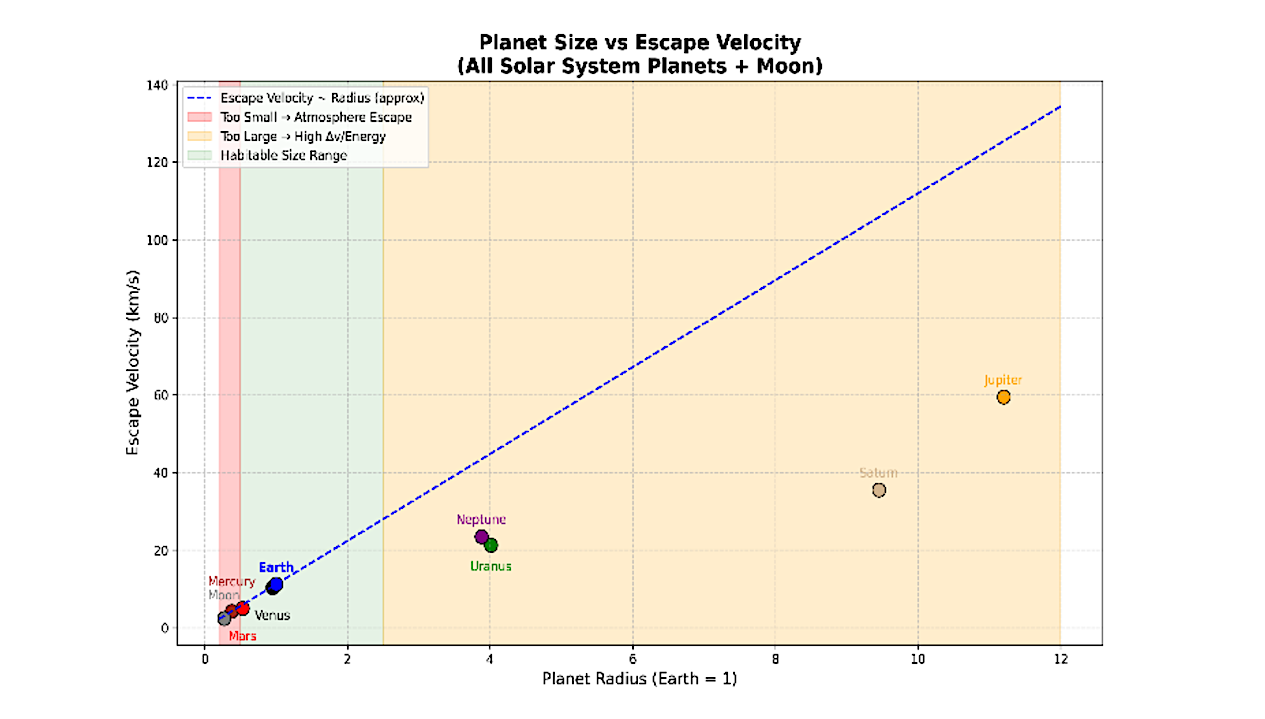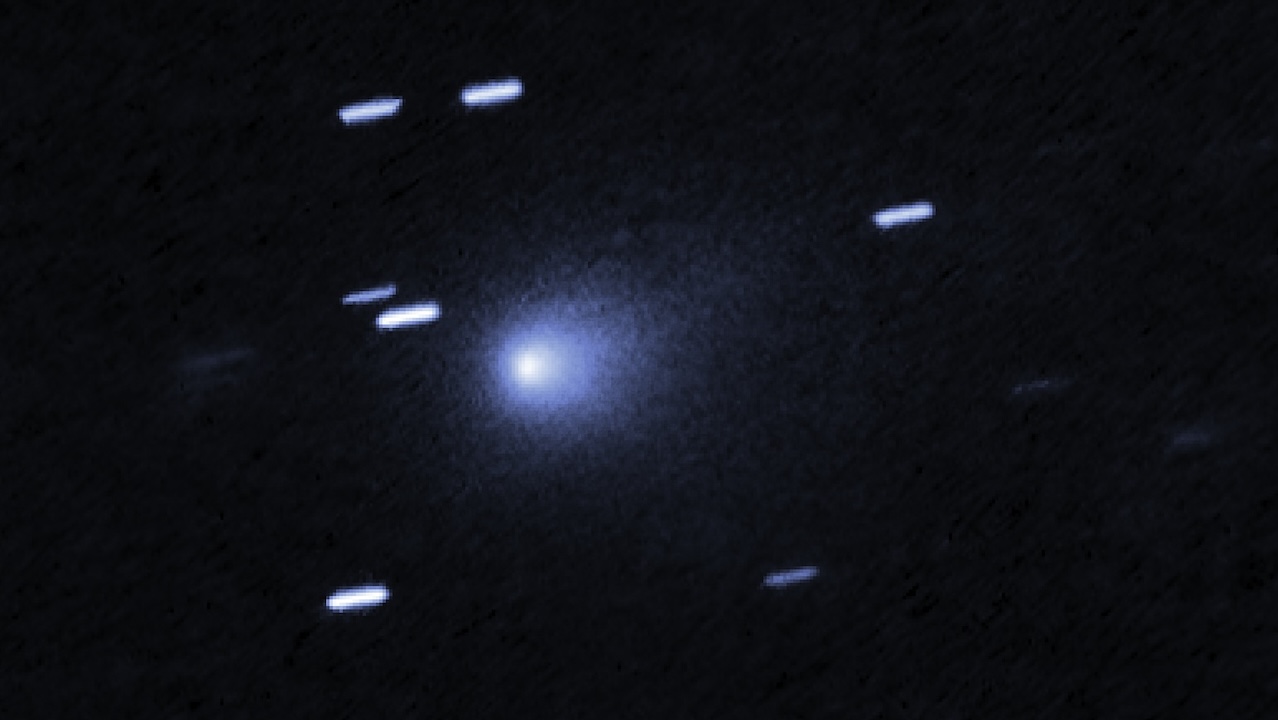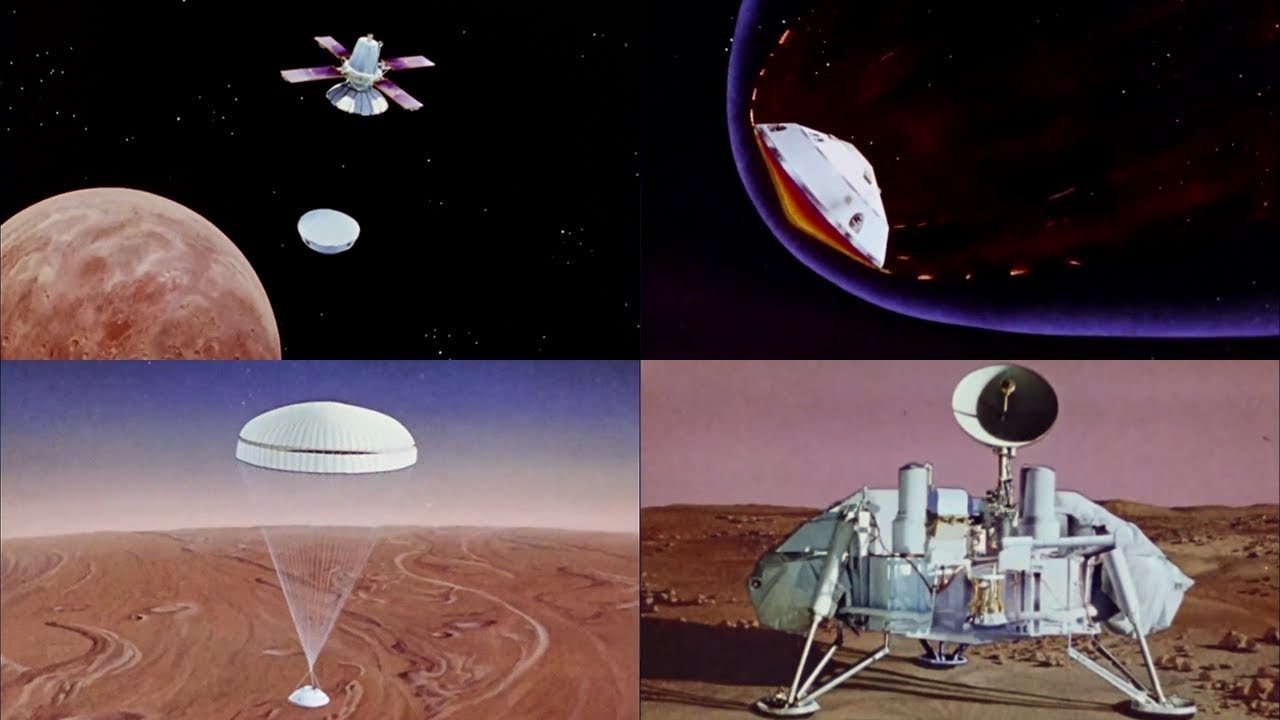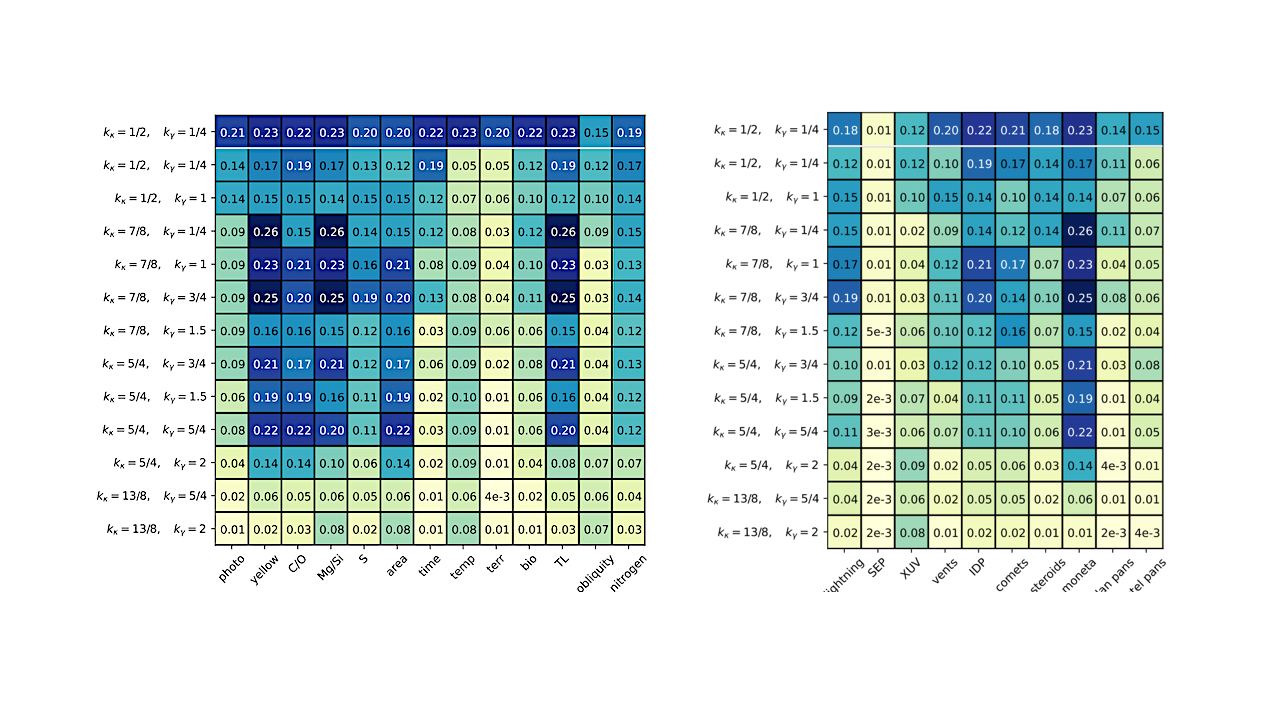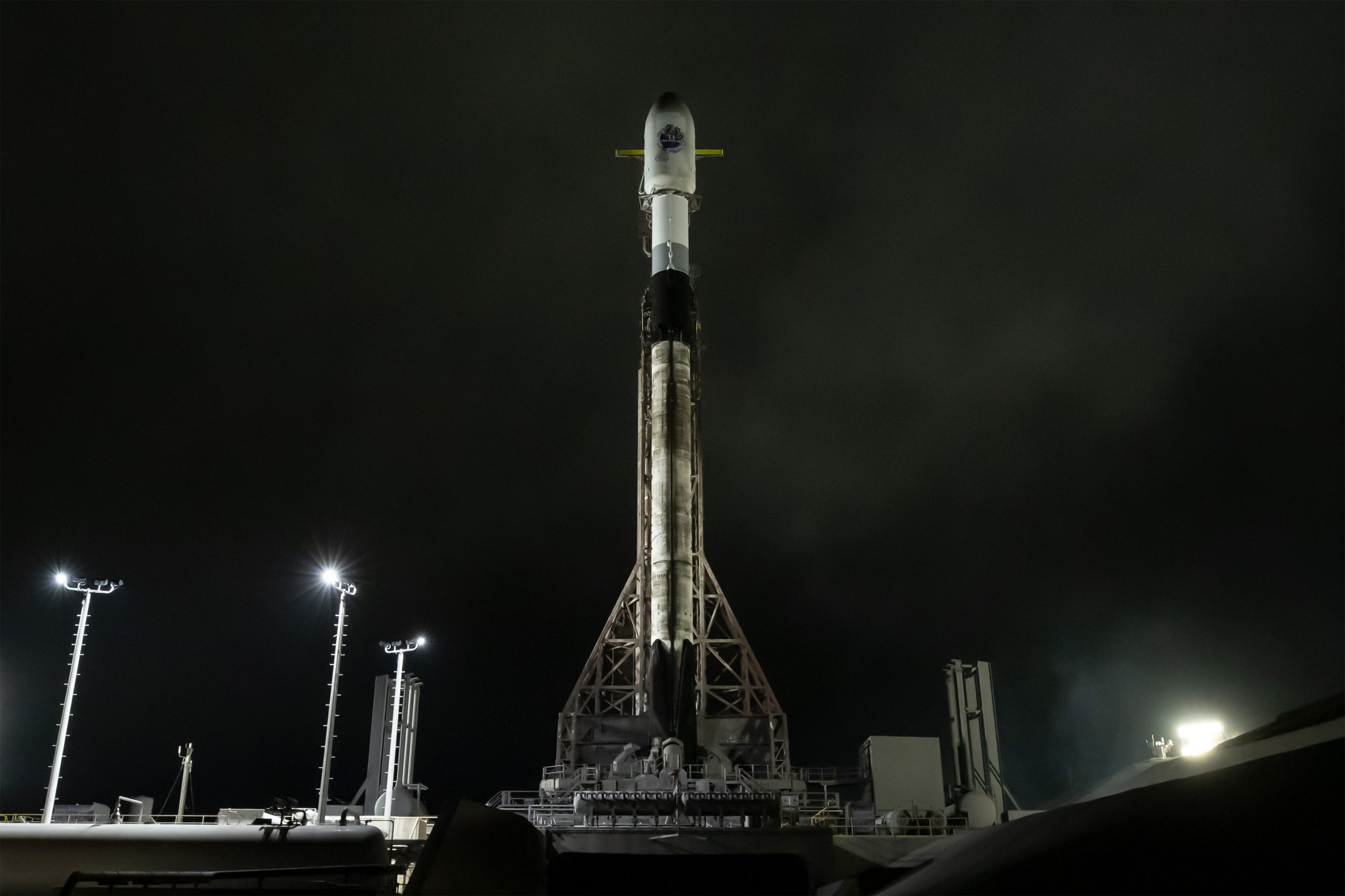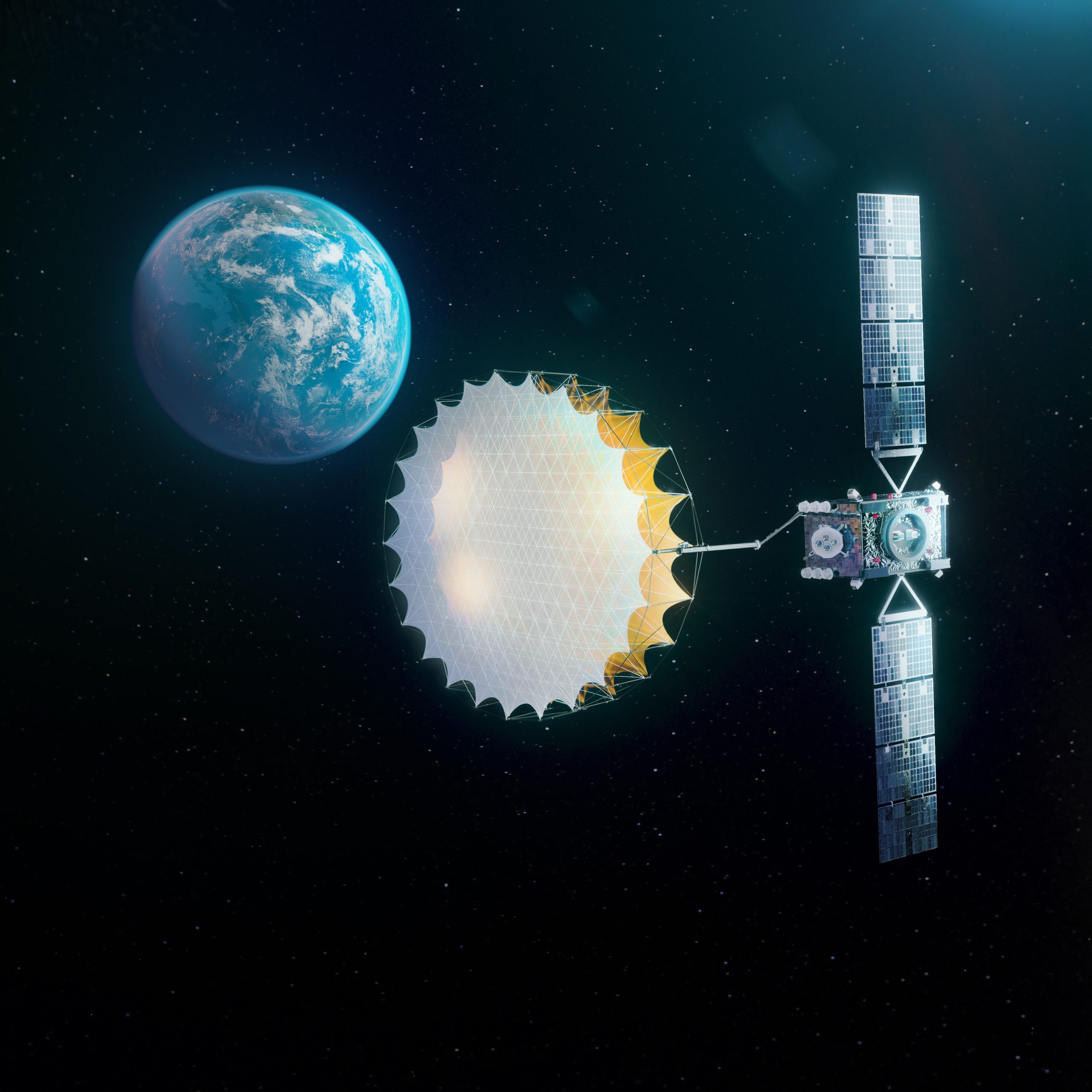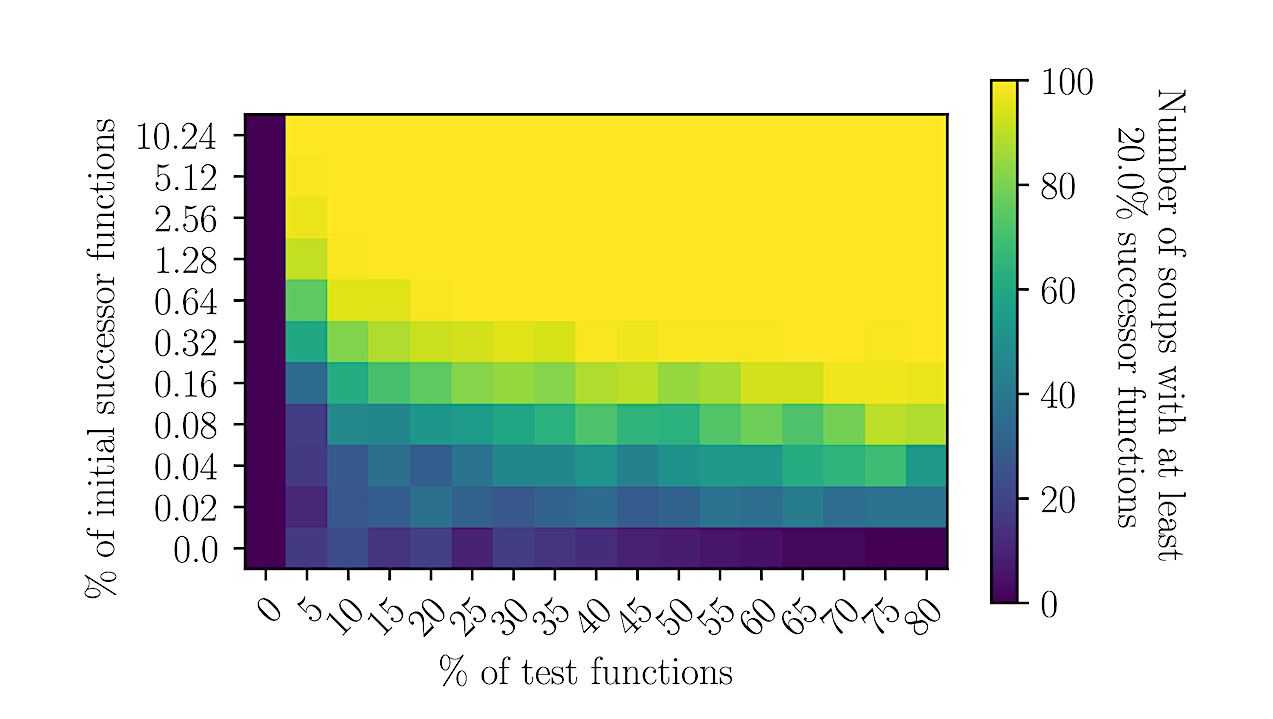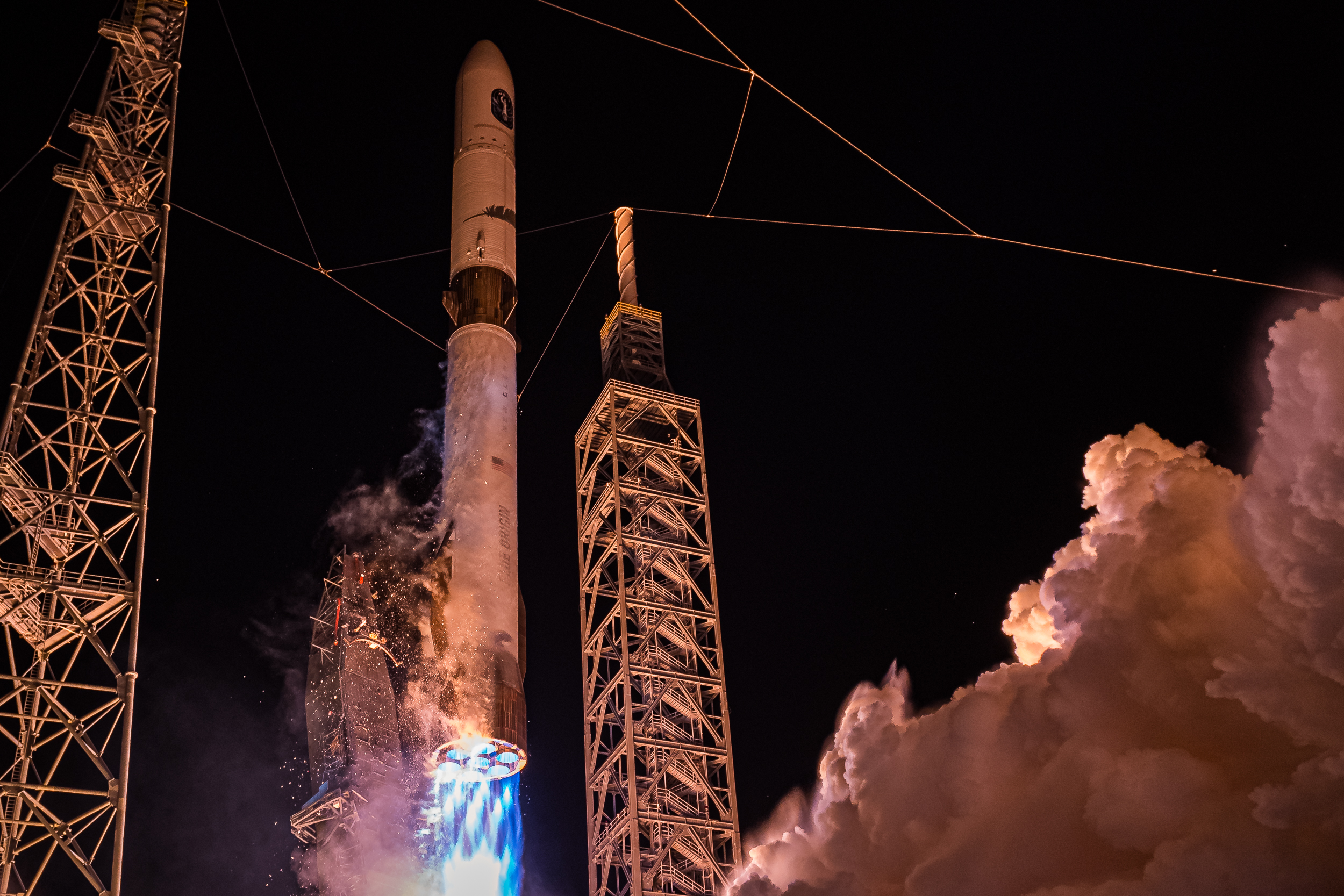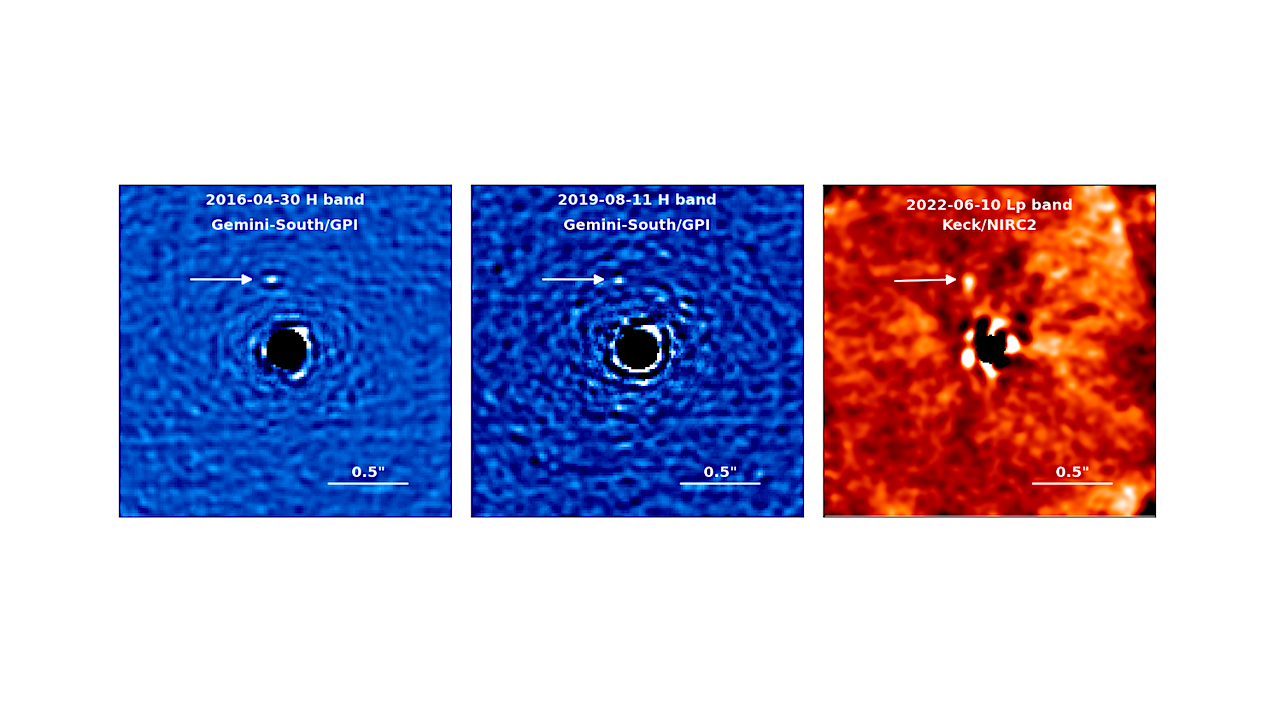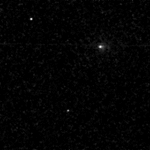Large enough to retain an atmosphere and drive geologic/hydrologic cycles, but not so massive that relocation is infeasible. This figure illustrates why planet size and escape velocity are critical factors
Archive for September, 202568- Page
Interstellar object 3I/ATLAS imaged by the Hubble Space Telescope. Could similar objects be the seeds of new planets around young stars? Image credit: NASA/ESA/David Jewitt (UCLA). Image Processing: Joseph DePasquale
This article was originally published at The Conversation. The publication contributed the article to Space.com’s Expert Voices: Op-Ed & Insights. Finding life beyond the Earth would be a major scientific
Habitable Zones Status Report astro-ph.CO September 15, 2025 Best value of the minimum probability for each cosmology scenario-habitability condition pair mentioned in the text. For each element in this
WASHINGTON — York Space Systems’ recent delivery of 21 satellites for the U.S. military marks the company’s largest batch to date, a milestone its chief executive says reflects years of
TAMPA, Fla. — Swissto12 has completed the Preliminary Design Review for its first direct-to-device connectivity satellite, the Swiss small geostationary spacecraft manufacturer announced Sept. 15. The company announced a contract
The companion light curve in two continuum bands interpreted with a pulsar direct heating model. (a) The models are shown by the curves and the data are shown by the
Amplification of the successor function under varying initial conditions. For each pixel in the heatmap, 100 soups containing 5000 expressions are run for 106 collisions. We measure the number of
PARIS — Launch companies are reiterating plans to sharply increase flight rates to meet growing government and commercial demand, even as some fall short of earlier projections. Executives speaking at
Reduced flux maps of HD 143811 AB obtained by Gemini/GPI in 2016 and 2019 (left and center) and Keck/NIRC2 in 2022 (right). These images are 2” × 2”. North is
-
 012024 in Review: Highlights from NASA in Silicon Valley
012024 in Review: Highlights from NASA in Silicon Valley -
 02Panasonic Leica Summilux DG 15mm f/1.7 ASPH review
02Panasonic Leica Summilux DG 15mm f/1.7 ASPH review -
 03How New NASA, India Earth Satellite NISAR Will See Earth
03How New NASA, India Earth Satellite NISAR Will See Earth -
 04And Thus Begins A New Year For Life On Earth
04And Thus Begins A New Year For Life On Earth -
 05Astronomy Activation Ambassadors: A New Era
05Astronomy Activation Ambassadors: A New Era -
06SpaceX launch surge helps set new global launch record in 2024
-
 07Space Force plans new ‘Futures Command’ amid pressure to speed up modernization
07Space Force plans new ‘Futures Command’ amid pressure to speed up modernization


